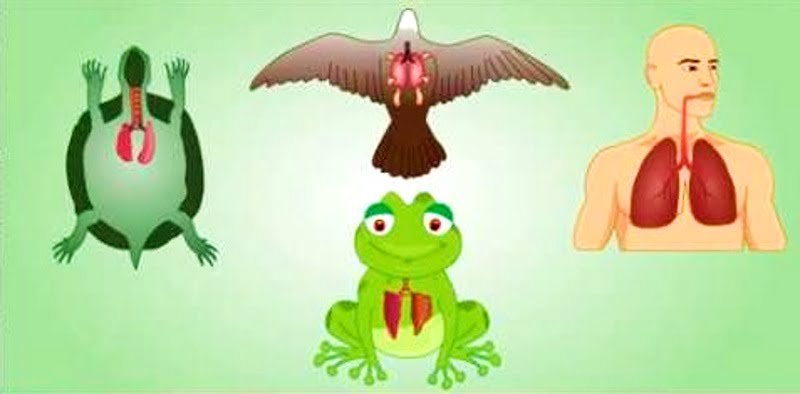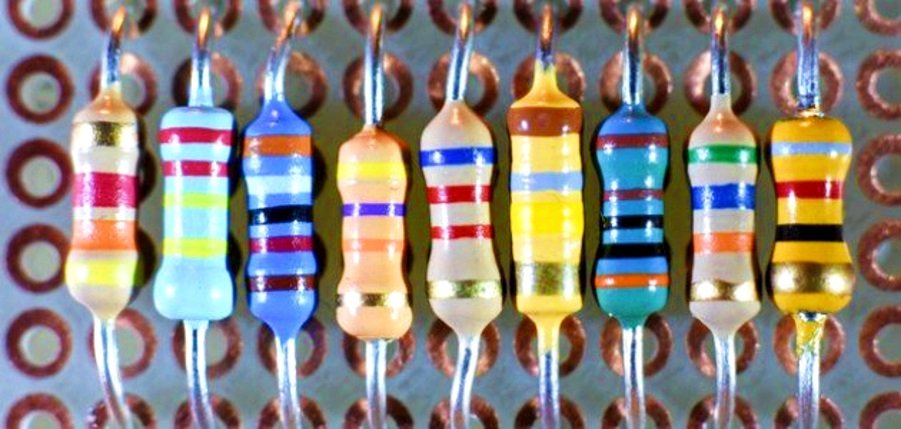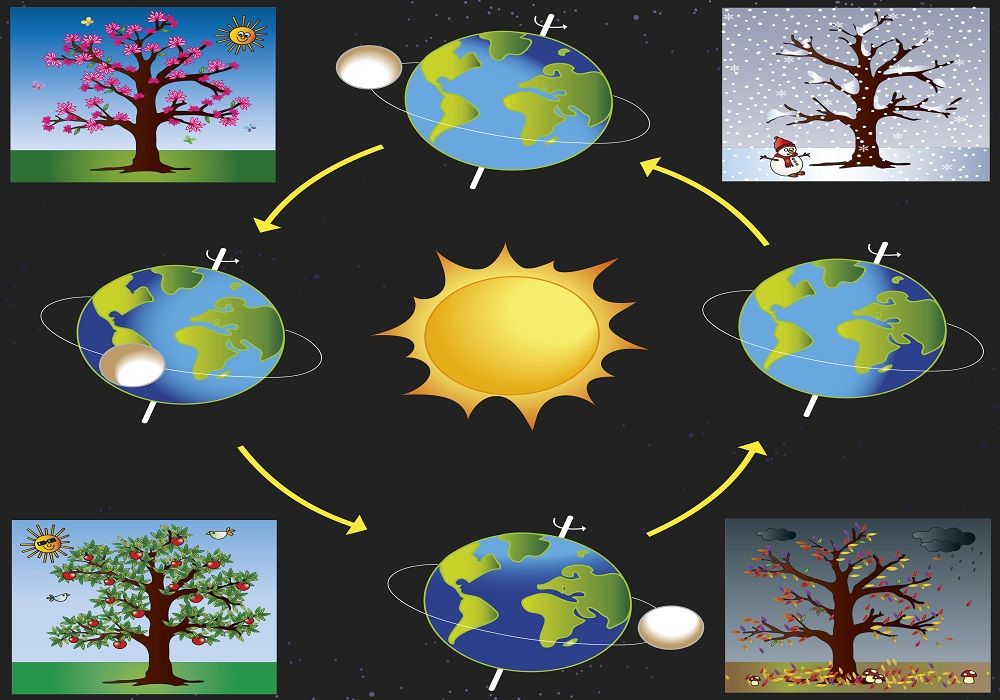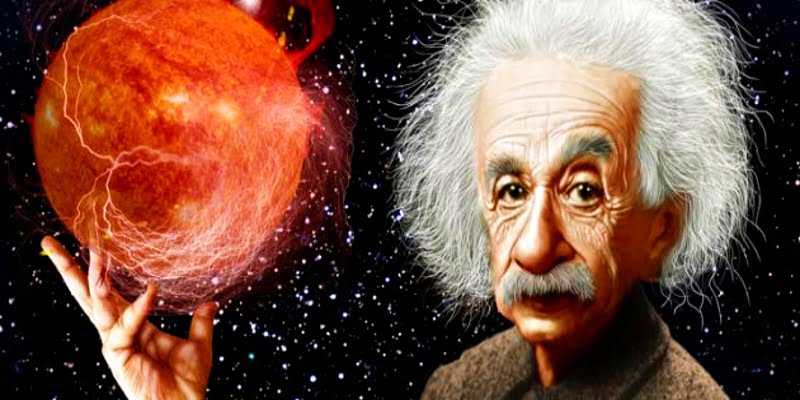Living things differ in the way they breathe. Humans breathe through the respiratory system consisting of the mouth, nose, lungs, and diaphragm muscle. Animals breathe through the skin, tracheae, gills, or lungs, and plants breathe through the pores in the leaves. Here is a brief explanation of how living things breathe.

How Living Things Breathe: An Overview of Respiration in Different Organisms
How Do We Breathe?
The process of breathing is one of the basic processes of the human body, as it provides it with the necessary oxygen for the body and gets rid of carbon dioxide, which poses a threat to the human body.
Humans have a respiratory system that is responsible for the breathing process through the process of inhalation and exhalation. The human respiratory system consists of many organs, namely; Nostrils, mouth, diaphragm muscle, and lung.
The process of breathing in a person begins with inhalation. A person inhales oxygen-saturated air through the nostrils and mouth to reach the lungs due to the contraction of the diaphragm muscle, which allows the lungs to expand until they are filled with air. Then the diaphragm muscle relaxes and the lungs contract to release the carbon dioxide-saturated air through the exhalation process.
How Do Animals Breathe?
All living things need to breathe to survive. There are several ways to do this, including:
Skin respiration:
Amphibian organisms have a thin skin that allows gas exchange through it so that oxygen can reach all tissues of the body, as well as excrete carbon dioxide out of it. These organisms have thin capillaries under the skin that help them breathe.
Among the animals that breathe through the skin are the following:
- Animals that live in wet areas such as; worms;
- Lungless salamanders.
- Frogs
- Jellyfish.
Tracheal breathing:
Insects can breathe through tiny tubes called tracheae, where these tracheae extend throughout the entire body of the insect and are connected to external openings that help in the process of breathing through the gas exchange to and from the outside air. Thus, blood circulation does not have any role in the breathing processes of insects.
Gill breathing:
Fish can breathe through the gills, where oxygen-laden water enters through the fish’s mouth into its inner cavity, and then the water passes from the gills, which contain gill filaments rich in blood, which absorb oxygen from the water. These gills then transport the oxygen into the bloodstream, which is then pumped by the heart to all parts of the fish. Carbon dioxide is excreted by the gills directly into the water.
Lung breathing:
Humans and some other types of animals can breathe through a pair of lungs located in the chest cavity, connected to the mouth and nose by a tube called the trachea, where oxygen-laden air enters through the nostrils to work the capillaries as well as mucus to get rid of dirt in the air. When it reaches the lungs, it is pumped to all tissues and cells of the human body through the blood, which returns again carrying carbon dioxide for the lungs to get rid of.
Examples of Respiratory System in Animals
Here is some information on how animals breathe:
The right lung in mammals consists of three lobes, while the left lung consists of only two lobes, and is smaller than the right lung.
The “Fitzroy River turtle” is a species of freshwater turtle in the family Chelidae. They breathe while they are underwater through special papillae that surround the cloaca, an organ that turtles use to urinate, defecate and lay eggs. Oxygen molecules are pushed into the bloodstream.
Snakes breathe using the right lung, which is cylindrical in shape to match the shape of the snake’s body, while the left lung is greatly reduced and shrunken.
The crocodile’s lungs are connected to the pericardial membrane that surrounds the heart, and when the heartbeats, it moves the air that is already inside the lungs and transfers it to the organs that need it very efficiently. This adaptation benefits the crocodile when it ambushes its prey and is forced to hold its breath so as not to reveal its location.
The body of birds contains air sacs that increase their ability to breathe during flight, and the air sacs extend to the tail, neck, and wing, and surround the lungs in the form of a closed circle.
Marine mammals breathe underwater, thanks to their ability to store large amounts of oxygen in their muscles and blood, and one of the marine mammals is a “walrus”, as it has air sacs in the neck and head that help it breathe and also float.
How Do Plants Breathe?
Plants can breathe, but they do not have lungs like humans and animals, so they breathe through the pores in their leaves, as these pores help the evaporation of water from them, as well as allow the entry of carbon dioxide and the exit of oxygen necessary for other living organisms. The plant survives as a result of the process of photosynthesis that also occurs in the leaves, where it uses carbon dioxide, water and sunlight in the presence of the pigment chlorophyll to produce its food.
It is worth noting that during the night and during dry weather, the pores are closed to maintain the plant’s moisture.



